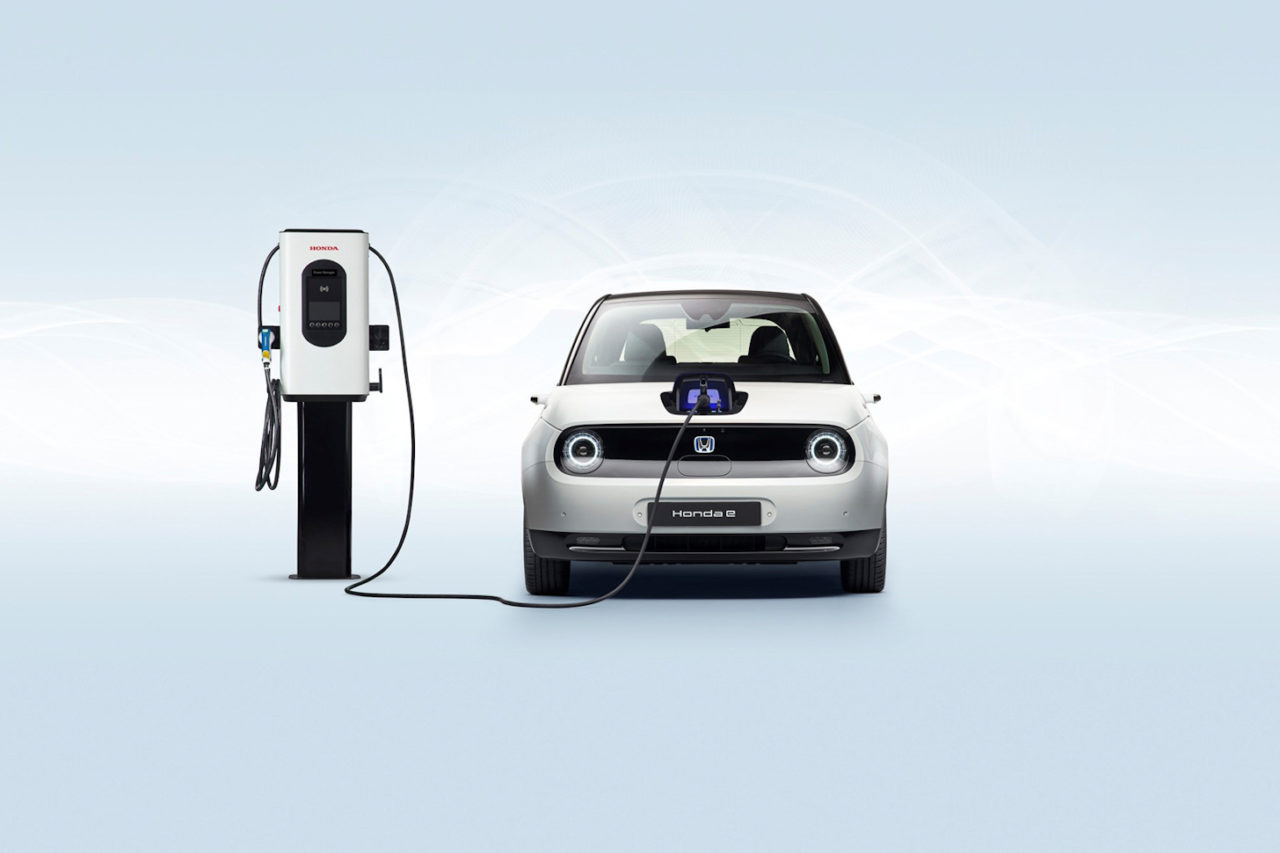As the world continues to digest diesel-gate – Volkswagen’s undoing by way of faking emission-test results – much ire has been heaped upon the automotive industry in general. Other automakers are now under the spotlight for the potential they’ve been playing similarly dirty games and the existence of the car as we know it has never been in greater jeopardy.
Walking down the sidewalk in the heart of Toronto – Canada’s largest metropolis – I found myself holding my breath more than normal. A plethora of smoking pedestrians were clouding my air to the point my eyes were watering; my nose wanted to run but my legs just wanted to walk. With such strict automotive emissions standards applied to the passing cars, the cloudy quagmire I was breathing was not lost on me. How is it fair that car companies are legislated to reduce emissions to minute levels while pedestrians can spew carcinogenic air into the path of fellow citizens?
A much larger, looming irony befalls us when we look beyond our tailpipe emissions. It turns out our fridges, TVs, clothing and smartphones are doing far more damage to the environment than all of the world’s cars, combined – not because of the clean western energy they’re consuming, not because of the energy consumed to produce them, but because of the mind-blowing amounts of pollution spewed into the air whilst transporting our shiny new things across the world’s oceans. (As an aside: the dirty, poorly regulated energy production of some of the key manufacturing nations does contribute to the smoggy picture. The unfair trade advantage those countries enjoy while using “dirty energy” to produce their wares is another story altogether and perhaps a key point of interest in transnational trade deals.)
Research unearthed by The Guardian shows that a single large container ship produces more pollution than 50-million cars combined. That means 15 of the world’s largest ocean-going container ships emit more pollution than all of the world’s cars combined. And there are some 90,000 container ships cruising our world’s oceans with thousands more currently under construction – all of them consuming low grade fuels that contain around 2,000 times the amount of sulfur found in pump-grade automotive diesel.
I do not intend to dismiss the gravity or wrongfulness of VW’s deceitful attempt to circumvent emissions legislation, but in the context of the pollution being generated by world trade upon our oceans, the small percentage of emissions in question seems infinitesimally small and, frankly, inconsequential other than in a legal context. It hardly seems reasonable or intelligent to focus so much attention on small fractional reductions of automotive emissions in cars that already run clean, producing relatively little pollution, while the world’s largest shipping vessels measure several football fields in length and make haste on the high seas at speeds you could literally water-ski behind while churning out ominous clouds of toxic waste.
If sanity is to prevail and meaningful reductions in global pollution are to be achieved, an honest, comprehensive approach to reducing emissions must be sought. Never mind the extra 0.3 liters of fuel per 100 kilometers that my sports car consumes – let’s talk about the 16 tons of sludge-like fuel consumed per hour by each of the world’s largest ships.
It may be incomprehensible or uncomfortable for some politicians to embrace, but pollution produced upon the far throws of our beautiful oceans may as well be spewed upon Yonge St. We live on a spherical gem that is singular and, eventually, what is damaging in far lands or seas will come full circle.



Comment